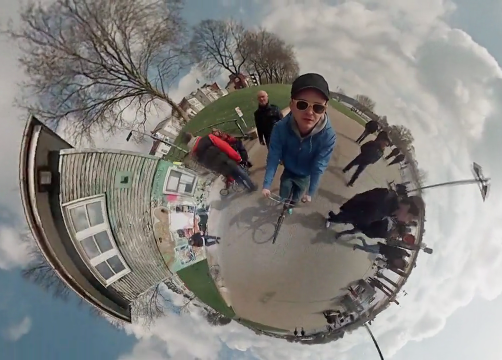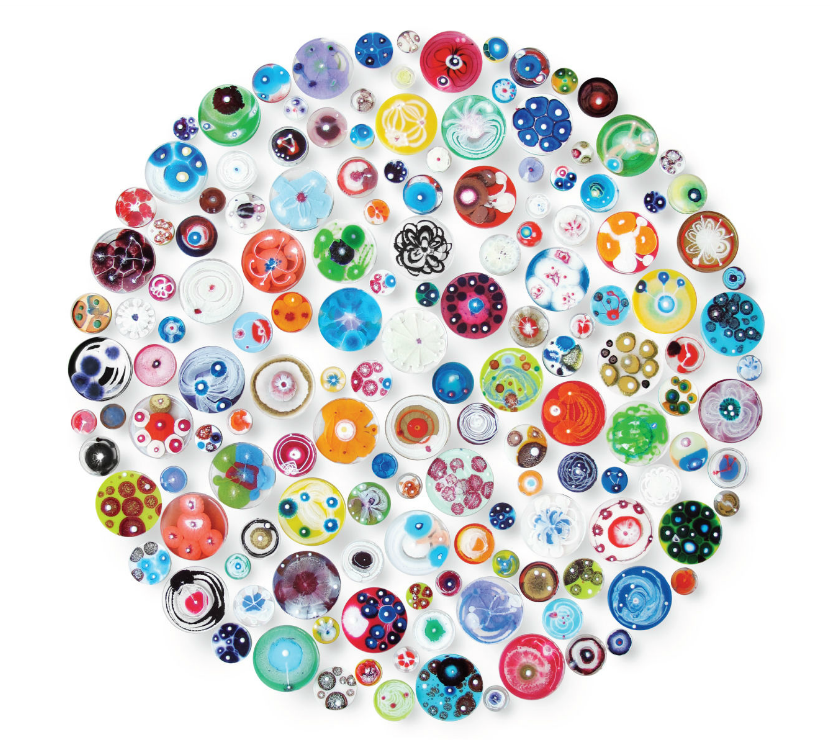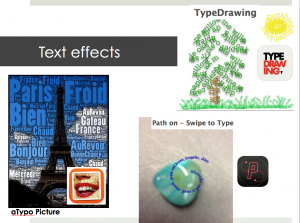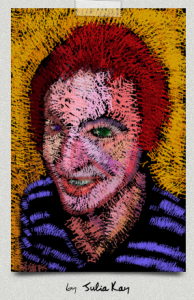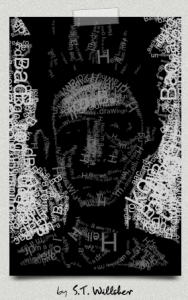Northampton Inspire meeting on 10th February 2014
Moving from physical art to digital artefact
Slideshows created using PhotoSnack: http://www.photosnack.com/F5DB7DE9E8C/p7n0za2y http://www.photosnack.com/F5DB7DE9E8C/p7js7sye
Our second meeting was inspired by the work of Brazilian artist Mira Schendel who made over 2000 monotype drawings on rice paper in the 1960s. Jean Edwards shared some of her own drawings which explore mark making in a similar way using ink on layers of translucent and transparent surfaces. Jean then led a practical art session along with Tracey Sherwood from the School of Art, assisted by students Martyna and Julian, and we all experimented with small and larger scale applications of these techniques. 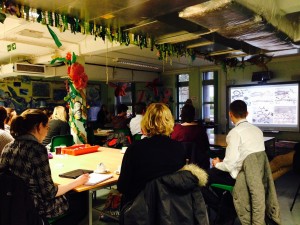 Exciting effects were achieved by adding coloured lights and photographing artwork in front of a light box. We went on to manipulate our photos on iPads using the photo editing app Be Funky (also available as a free online tool). Be Funky is easy to use and children can achieve a wide range of results by experimenting with filters and sliders. This type of activity is particularly apt for responding to poems, creating book illustrations or exploring an environment using photography. Mira Schendel makes use of lettering in her work:
Exciting effects were achieved by adding coloured lights and photographing artwork in front of a light box. We went on to manipulate our photos on iPads using the photo editing app Be Funky (also available as a free online tool). Be Funky is easy to use and children can achieve a wide range of results by experimenting with filters and sliders. This type of activity is particularly apt for responding to poems, creating book illustrations or exploring an environment using photography. Mira Schendel makes use of lettering in her work:
Lettering effects can be achieved using printing letters and ink on tracing paper or digitally by using the apps PathOn Swipe to Type or Type Drawing.as the example below from Bliss Charity School shows:
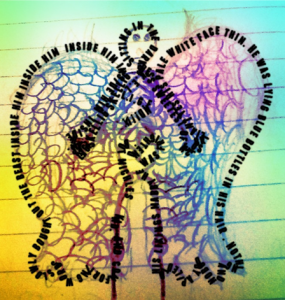
We finished a most productive evening by mirroring images from the iPads onto the interactive whiteboard and sharing ideas from our classrooms. Illustrator Dave Barrow showed us some of his artwork and explained how he uses graphics software such as Paint Shop Pro or Gimp, both which can be downloaded for free. These applications allow him to control layers of colour in the manner of a printmaker when he works with digital representations of his physical paintings. Something to be explored at a future meeting maybe!  Finally here is a link to the
Finally here is a link to the @AdobeUKStudents courses that Chris Dicken mentioned: http://create.adobegeneration.com.




